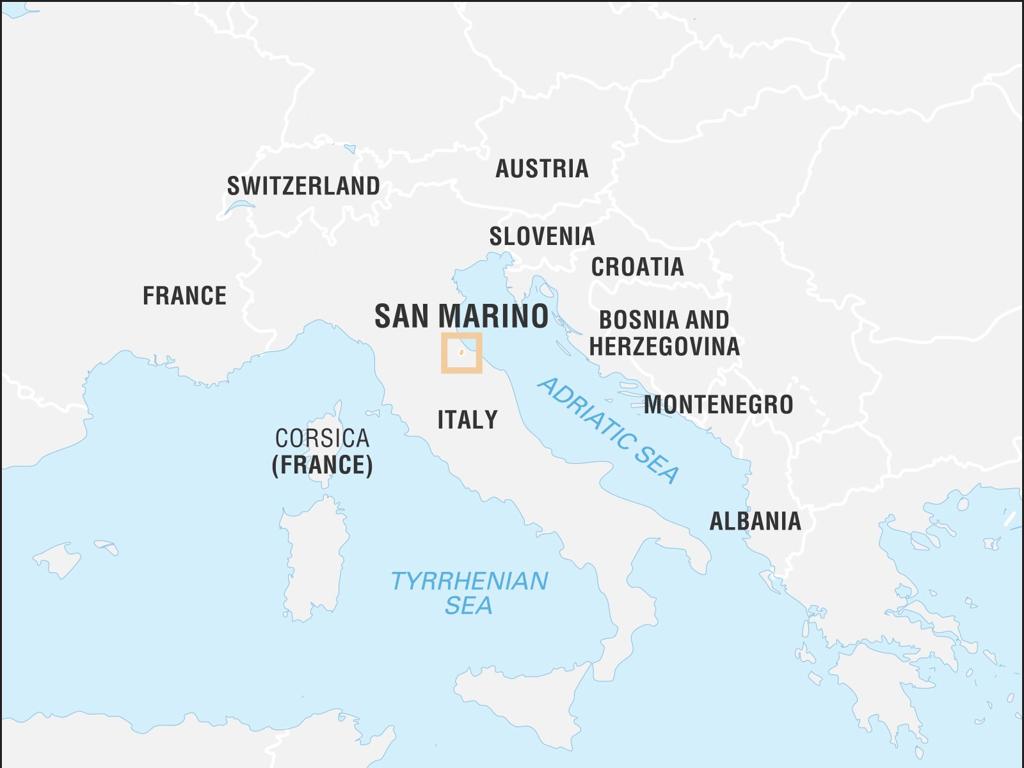Origins And Development Of The Mali Empire
Subject: Social studies
Grade: Seventh grade
Topic: African Empires
Please LOG IN to download the presentation. Access is available to registered users only.
View More Content
Exploring the Mali Empire: A Key African Empire
– Introduction to African Empires
– Spotlight on the Mali Empire
– Once a wealthy and powerful empire in West Africa
– Significance of the Mali Empire
– Influential in culture, trade, and education
– Mali’s historical impact
– Its legacy includes Timbuktu, a center of Islamic scholarship
|
This slide introduces the Mali Empire as part of our exploration of African empires. The Mali Empire was one of the most significant empires in West Africa, known for its wealth, extensive trade networks, and cultural impact. It played a crucial role in the spread of Islam and was home to Timbuktu, an important city for Islamic scholarship and trade. The empire’s history offers valuable insights into African civilization’s complexity and achievements. Encourage students to consider the empire’s influence on modern cultures and nations. Discuss the importance of trade and education in the empire’s development and its lasting legacy in African history.
Geographical Setting of the Mali Empire
– Location of the Mali Empire
– West Africa, including parts of modern-day Mali, Mauritania, and Senegal
– Geography’s role in empire’s wealth
– Abundant gold mines and fertile land supported powerful trade networks
– Natural resources and trade
– Gold, salt, and agricultural produce were key to Mali’s economy
– Significance of the Niger River
– The river was a trade highway and provided water for agriculture
|
The Mali Empire was a prominent empire in West Africa, renowned for its wealth and power, which were largely due to its favorable geographical location. The empire’s access to gold mines and control over salt trade routes led to its prosperity. The fertile lands along the Niger River supported agriculture, which sustained the population and contributed to the empire’s wealth. The river itself was crucial for trade, serving as a natural highway that connected different parts of the empire and facilitated the exchange of goods and culture. Understanding the geographical context is essential for students to grasp how the Mali Empire became one of the most powerful and wealthy empires in African history.
Origins of the Mali Empire
– Sundiata Keita, The Lion King
– Epic hero Sundiata Keita founded the empire, overcoming adversity.
– Mali’s rise post-Ghana Empire
– After Ghana’s decline, Mali emerged as a powerful empire in West Africa.
– Kinship’s role in empire formation
– Kinship ties were crucial in uniting Mali’s people under a common leader.
– Lineage importance in Mali’s history
– Lineage determined social structure and leadership within the empire.
|
Begin with the story of Sundiata Keita, known as the Lion King, who overcame challenges to establish the Mali Empire. Highlight the historical context of the Mali Empire’s rise to power after the fall of the Ghana Empire, emphasizing the importance of timing and location. Discuss how kinship and lineage played pivotal roles in the formation and consolidation of the empire, influencing its social and political structures. Encourage students to consider the impact of leadership and family ties in the development of a civilization. Provide examples of how these factors contributed to Mali’s success and longevity as an empire.
Golden Age of the Mali Empire
– Peak of Mali’s power and wealth
– Mali became renowned for its riches and strong governance.
– Mansa Musa’s influential pilgrimage
– Mansa Musa’s journey to Mecca showcased Mali’s wealth, spreading its fame.
– Timbuktu as a cultural hub
– Timbuktu flourished as a center for trade, Islamic learning, and education.
– Mali’s legacy in trade and scholarship
– Mali’s contributions to global trade and Islamic scholarship are still recognized today.
|
During the Golden Age, the Mali Empire was a beacon of wealth, power, and culture in Africa. Mansa Musa, one of its greatest emperors, made a legendary pilgrimage to Mecca, which brought attention to the empire’s prosperity. His journey was not only a religious act but also a diplomatic mission that enhanced Mali’s reputation. Timbuktu, a city within the empire, became a nexus for commerce and intellectual exchange, attracting scholars, traders, and religious figures. This period saw Mali emerge as a significant player in global economics and a center for Islamic scholarship, leaving a lasting impact on world history. In class, students can explore the reasons behind the empire’s success and its contributions to global culture.
Culture and Society of the Mali Empire
– Social hierarchy of Mali Empire
– Rulers, warriors, traders, farmers, and slaves had distinct roles.
– Islam’s impact on Mali
– Islam influenced law, education, and architecture.
– Mali’s artistic expressions
– Art and music flourished, with intricate textiles and griot storytelling.
– Significance of oral traditions
– Oral histories preserved empire’s legacy through generations.
|
This slide explores the rich cultural and societal aspects of the Mali Empire. Discuss the social structure, which was hierarchical and included various roles from rulers to slaves, each contributing to the empire’s stability and growth. Highlight the profound influence of Islam, which was integrated into the legal system, educational practices, and architectural designs. Emphasize the empire’s artistic achievements, particularly in textiles and music, and the role of griots, who were storytellers and historians, in preserving Mali’s history and traditions orally. Encourage students to consider the importance of these oral traditions in maintaining the cultural identity of the Mali Empire, especially in the absence of written records.
Economy and Trade of the Mali Empire
– Mali’s wealth from gold and salt
– Mali was rich due to abundant gold mines and salt deposits.
– Trade routes shaped the empire
– Key trade routes connected Mali to North Africa and beyond, spreading its influence.
– Currency facilitated trade
– Cowrie shells were used as currency, making trade easier.
– Diverse goods exchanged
– Goods like gold, salt, ivory, and slaves were traded, showing a complex economy.
|
The Mali Empire, one of the wealthiest empires of its time, owed much of its prosperity to the trade of gold and salt, which were highly valued commodities during that era. The empire’s strategic location allowed it to control key trade routes across the Sahara, facilitating the exchange of goods and cultural ideas. Currency, often in the form of cowrie shells, played a crucial role in standardizing trade. The empire’s markets were bustling with a variety of goods, indicating a rich and diverse economic system. When discussing this slide, emphasize the importance of trade in the development and wealth of the Mali Empire and how it contributed to its power and longevity.
Decline of the Mali Empire
– Factors of Mali’s decline
– Economic issues, loss of trade control, and leadership problems.
– Rise of rival states
– Emergence of powerful states like Songhai challenged Mali’s dominance.
– Internal strife impact
– Political instability and succession conflicts weakened the empire.
– Mali’s enduring legacy
– Influences in culture, trade, and Islam in West Africa persist today.
|
This slide examines the reasons behind the decline of the Mali Empire, a significant power in West Africa during the 14th and 15th centuries. Students should understand that empires can weaken due to a combination of economic, political, and social factors. The loss of control over lucrative trade routes and the rise of competing states, such as the Songhai Empire, were major contributors to Mali’s fall. Internal strife, including leadership disputes, also played a role. Despite its decline, the Mali Empire left a lasting legacy in the region, influencing the culture, trade, and spread of Islam in West Africa. Discuss the importance of these legacies and how they shaped the history and development of the region.
Mali Empire’s Enduring Legacy
– Influence on West African borders
– Modern countries’ borders in West Africa reflect the Mali Empire’s extent.
– Preserving Mali’s cultural heritage
– Efforts to maintain ancient sites like Timbuktu, showcasing Mali’s historical significance.
– Mali Empire in modern culture
– References in music, literature, and art keep the empire’s memory alive.
– Storytelling traditions
– Griots continue to tell ancestral tales, preserving Mali’s oral history.
|
This slide explores the Mali Empire’s lasting impact on contemporary West Africa. Students will learn how the empire’s historical boundaries have influenced the borders of modern nations. Emphasize the importance of cultural heritage, such as the preservation of Timbuktu, a UNESCO World Heritage site, which offers a tangible connection to Mali’s past. Highlight how the empire is represented in today’s culture through various forms of media and art. Discuss the role of griots, traditional storytellers, in keeping the empire’s history and legends alive through oral traditions. Encourage students to consider how history shapes cultural identity and national borders.
Class Activity: Create Your Own Empire
– Imagine your empire’s foundation
– Draw empire on a map
– Use the map to visualize your empire’s location and terrain
– Consider geographical advantages
– Think about rivers, mountains, and trade routes that benefit your empire
– Prepare an empire presentation
|
This activity is designed to engage students with the concept of empire-building by allowing them to create their own. They should consider the location, available resources, and the culture of their empire. When drawing on the map, students should think about how geography affects defense, trade, and expansion. Encourage creativity but also a realistic approach based on historical examples. Possible activities: 1) Research and choose a real-world location, 2) Identify key resources that would support an empire, 3) Create a cultural symbol or flag, 4) Discuss how geography can provide natural defense or trade benefits. This will help students understand the strategic considerations in the development of the Mali Empire and other historical empires.






